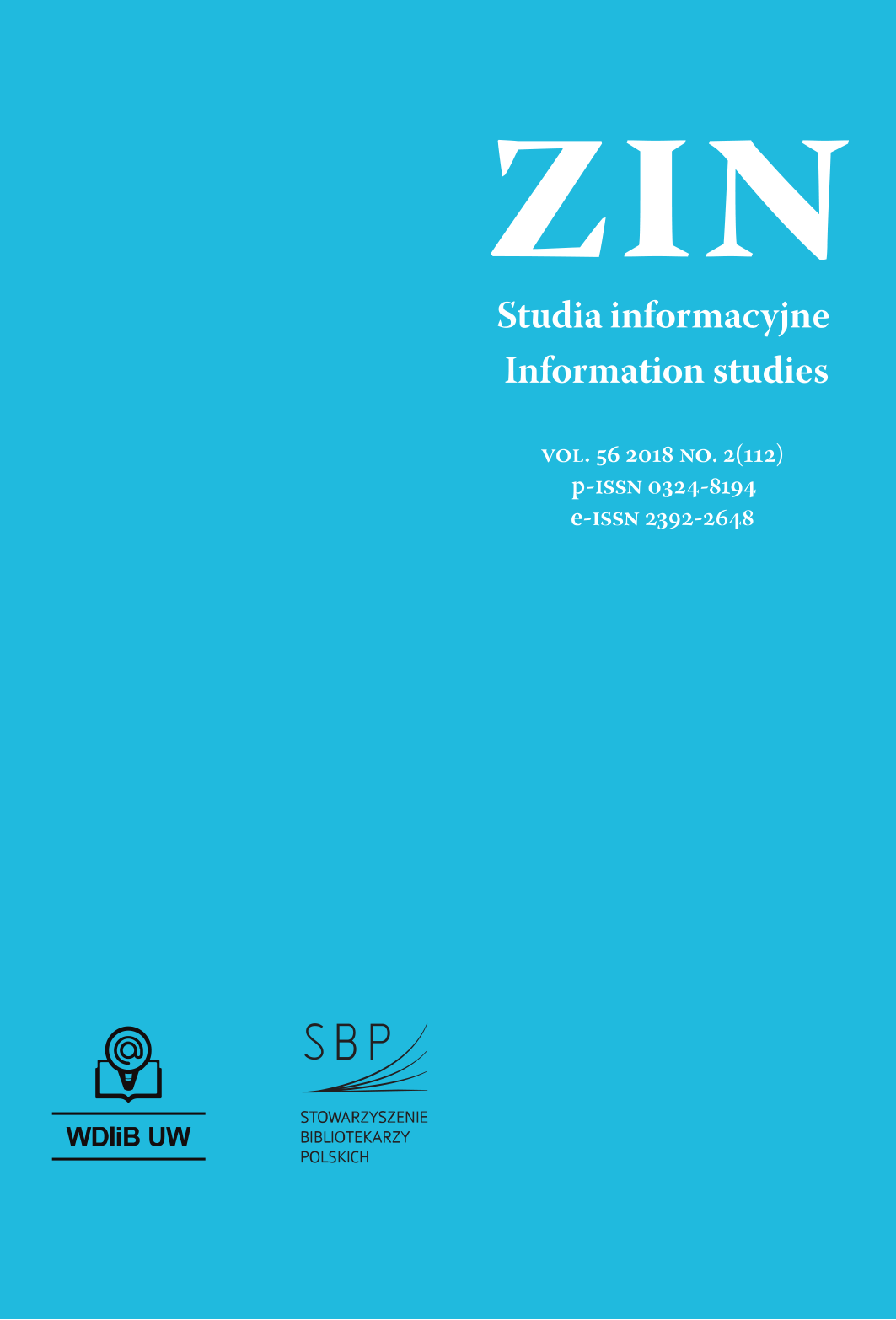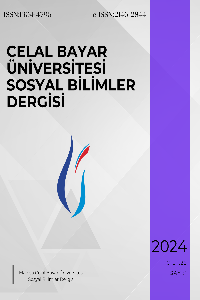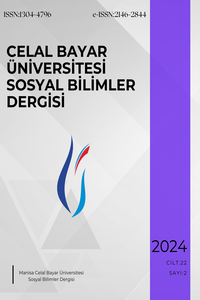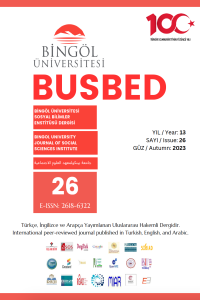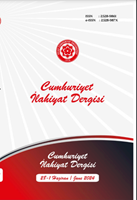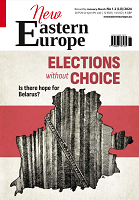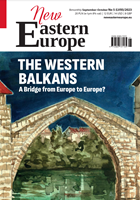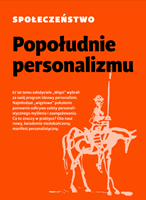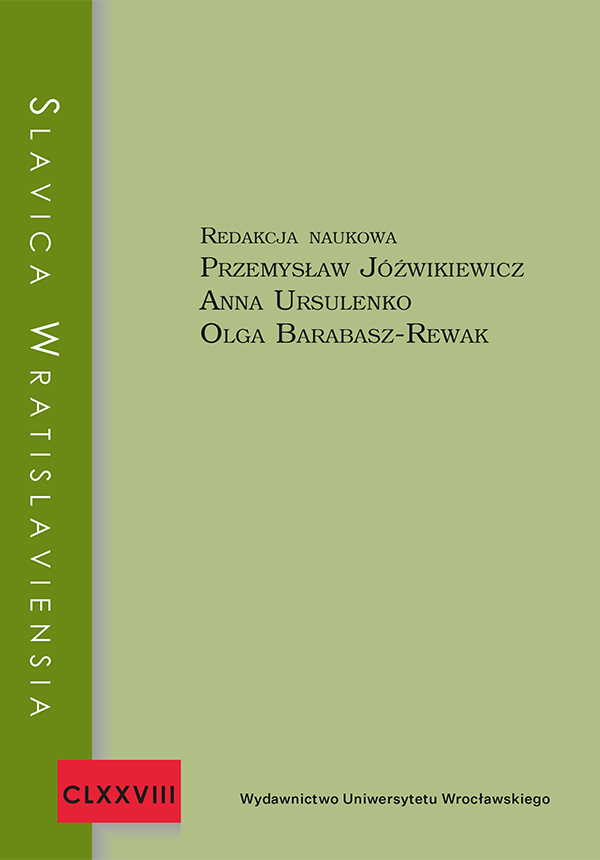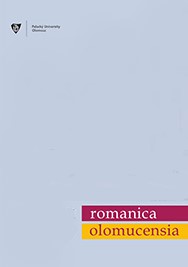Author(s): Fatih Yavaş / Language(s): Turkish
Issue: 1/2024
Poetry has been one of the most important branches of art in Arab culture since ancient times, perhaps the first. In Arab societies, where poetry and therefore poets are highly respected, one of the criteria that gives value to a poet is his ability to recite poetry extemporaneously, his ability to respond to his interlocutor, and his quick wit. Ijāzah, which means a poet's improvisational continuation of another poet's poem with the same content, meter and rhyme, is a poetic skill whose roots go back to the Age of Ignorance. For this reason, the study deals with the characteristics of this skill, which has been sought after in poets since ancient times and aims to reveal why it is important for poets to have ijazah as a virtue. In the article, the definition, types and methods of ijazah are emphasized by using the document analysis method, one of the qualitative research methods, and the differences between these types are explained with the examples given. In addition, the ways in which ijāzah differs from naḳīḍa, which is a type of poetry sung in a bedīhī way, and from muʿāraḍa type poems, which are written with the intention of presenting a poem that is better than a poem that has been sung before, although not improvised, have been touched upon. The reasons that led poets to ask for ijāzah were examined through examples, and it was determined that the poems of the type of ijāzah emerged as a result of a poet challenging another poet, a desire to test his poetry without a challenge, a request for help in the continuation of the poem, or a joking argument between poets. The content analysis of the couplets uttered by the poet who wants his poem to continue (mustajīz) and the poet or poets who continues the poem (mujīz) has pointed out the differences between them. It has been observed that the sections spoken by the poet who wants to add to the poem in the ijāzah type poems and the poet who continues the poem are not of the same length. As a result, it has been concluded that the ijāzah type poems, which require the unity of content, meter and rhyme, have a flexible structure in terms of the sections spoken by the parties. In addition, one of the issues that was determined was that in some examples of ijāzah, although the meter and rhyme were adhered to, the subject changed. While it is generally observed that a literary purpose is not at the forefront in ijāzah, which are characterized by two or more poets composing a poem together, some poets have exhibited an extremely rich expression example in terms of style in the couplets they added. Another point that should be emphasized in terms of the results of the research is that ijāzah type poems consist of short poems, as they do not allow for any preparation beforehand. Another feature worth mentioning about these poems is that the poets used different themes such as qualification, satire, ġazal and complaint in the examples of ijāzah that they said with different motives. As a result, ijāzah type poems have long existed in Arab society as a type of poetry that shows the power and skill of the poet, reflects the literary taste of the living environment, and contains important data about the socio-cultural structure of the society.
More...


